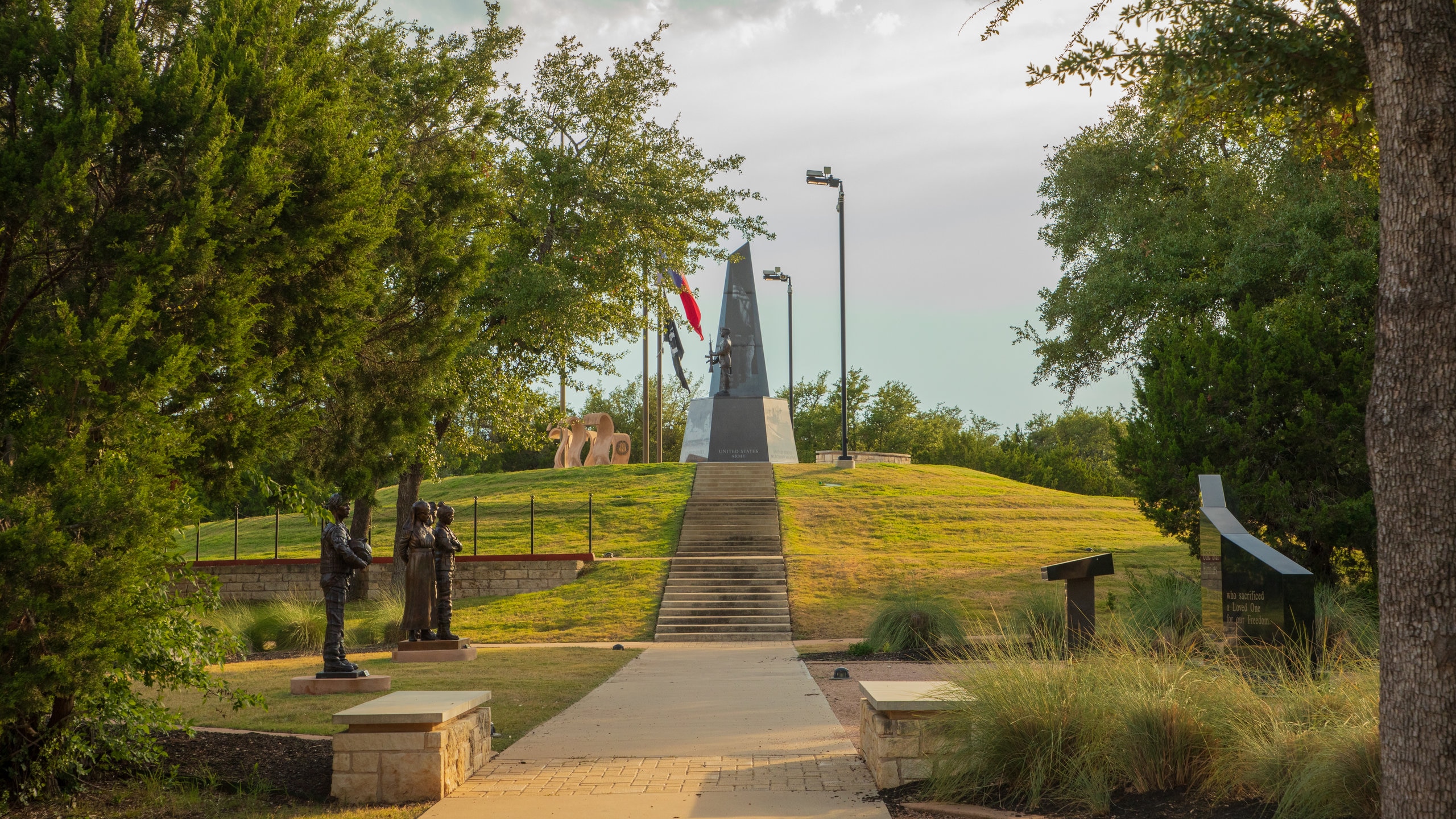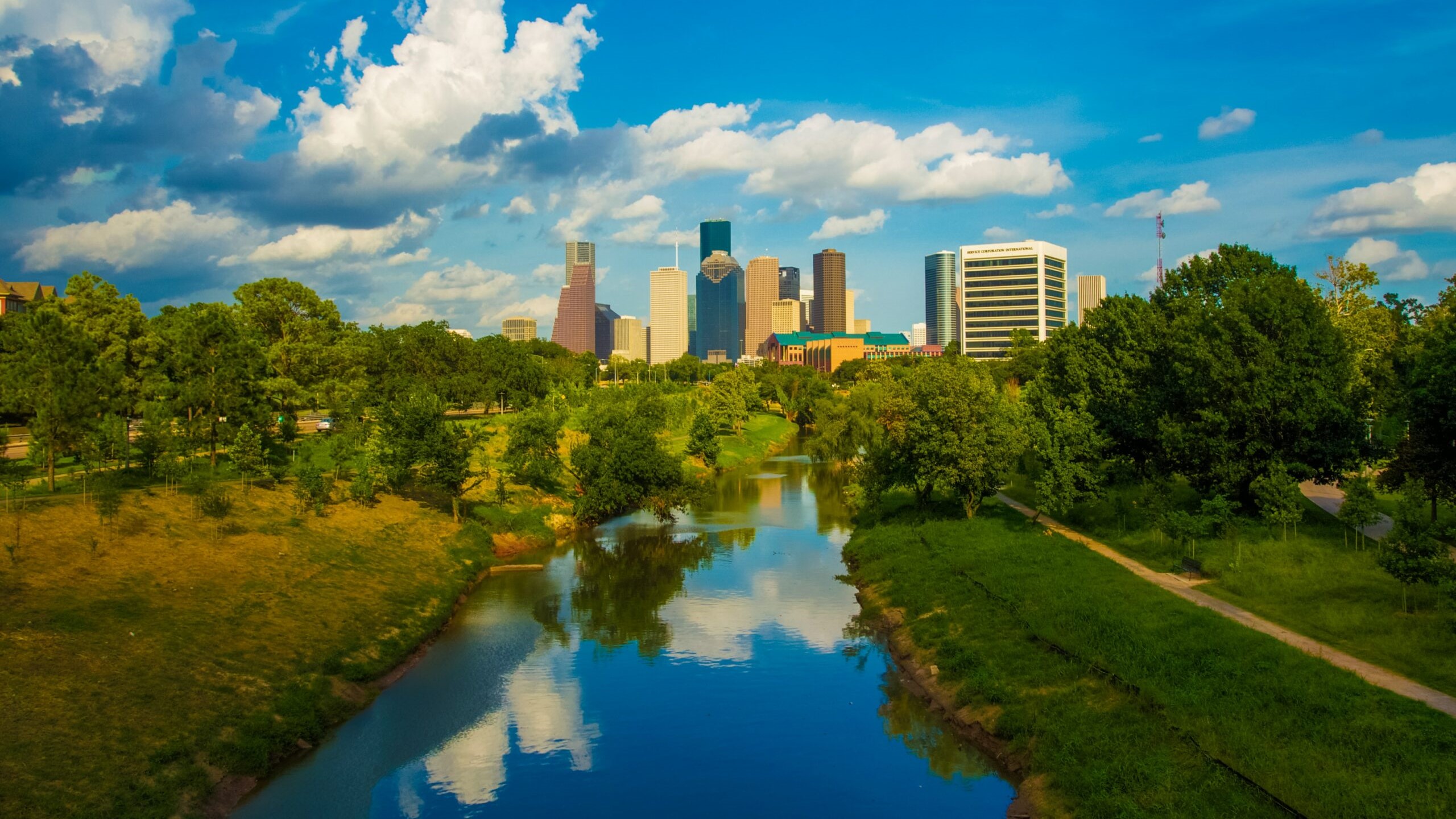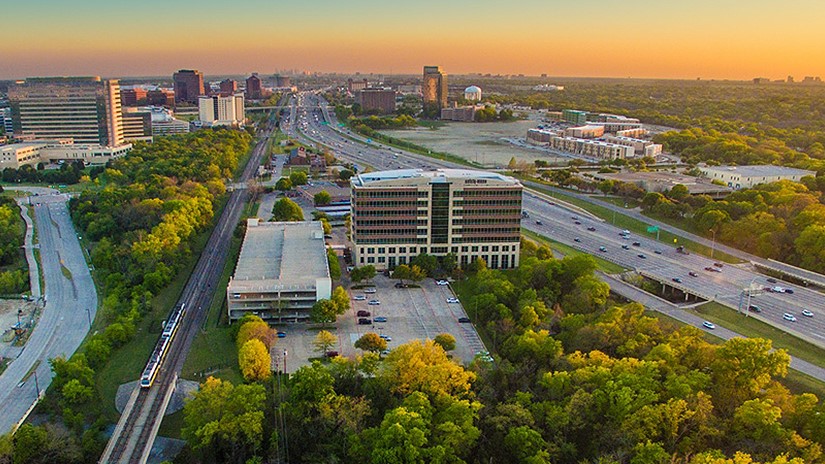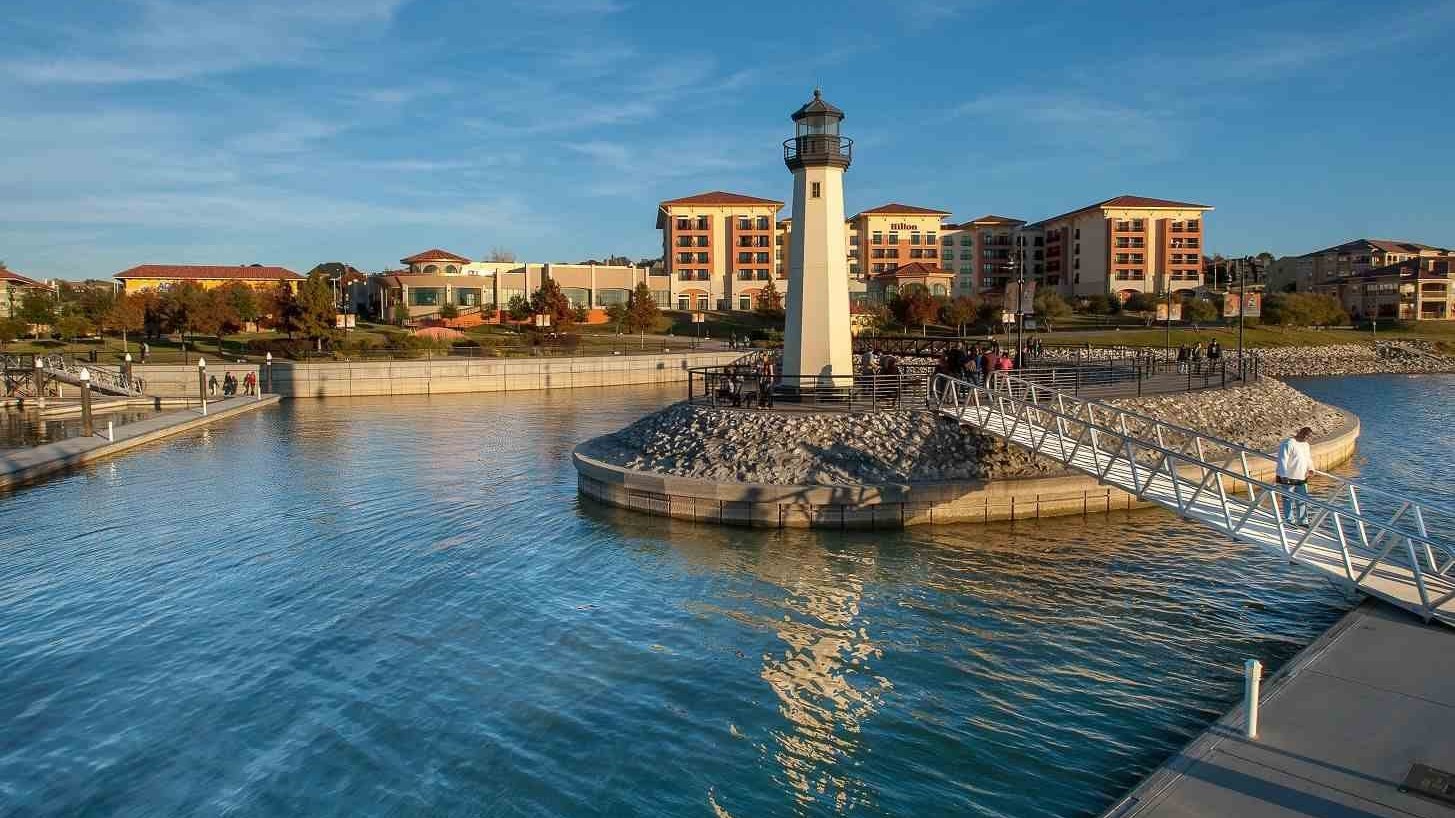‘The stars at night are big and bright, deep in the heart of Texas…’
Click Here to Read ‘Lights Out Texas’
The Problem
Texas is at risk of losing its dark sky and natural nighttime environment to excessive light pollution.
The International Dark-Sky Association defines light pollution as “the inappropriate or excessive use of artificial light.” Light pollution affects the health of all Texans, the environment, wildlife, and our ability to find awe in the natural night. Unnecessary nighttime light can disproportionately impact specific regions of the state, specifically leisure and tourism destinations.
Limiting unnecessary nighttime lighting ensures people will continue to enjoy the wonder of Texas’ dark sky.
Solutions
Current Efforts to Protect the Dark Sky in Texas
State legislation
Scenic Texas is the only statewide nonprofit whose mission is focused on preserving the scenic and visual beauty of the state. For nearly 40 years we have been carrying on the vision of Texas the Beautiful as our state’s former first lady, Lady Bird Johnson, defined it.
Scenic Texas advocates for a number of policies affecting the preservation of Texas’ natural resources, including the preservation of the night sky from harmful light pollution. Stars are scenic. According to recent studies, it is estimated the Milky Way is no longer visible to fully one-third of humanity — including 80 percent of Americans.
Texas has a number of recognized International Dark Sky Association (IDA) Communities, which are communities that, among many other actions, have passed lighting ordinances in compliance with IDA guidelines to protect the night sky from light pollution.
Several states, including Texas in 2021, have passed legislation that allows communities to protect their night skies by passing necessary lighting ordinances to pursue a Dark Sky designation. This designation by The International Dark Sky Association (IDA) and their Dark Sky Program includes the following five categories.
-
-
International Dark Sky Sanctuaries
-
-
-
International Dark Sky Parks
-
-
-
International Dark Sky Reserves
-
-
-
Urban Night Sky Places
-
-
-
International Dark Sky Communities
-
This designation also exempts lighting ordinances if a governmental entity adopts a resolution stating its intent to become an IDA community and regulates lighting in a manner that is not more restrictive than necessary to become IDA certified. This allows communities to protect their night skies without limiting or prohibiting development and growth.
City Initiatives
Many Texas cities support the Dark Skies through a collaborative program Lights Out initiated by Audubon and adopted by many nature conservation organizations. As a Texan by Nature Conservation Partner, we agree with the Former First Lady Laura Bush’s organizational focus on the Lights Out initiative that communities and businesses across the state are currently taking part in International Lights Out Week.
Tourism
Forbes, is calling astro tourism the “Next Big Thing” in tourism and Texas is uniquely positioned thanks to our McDonald Observatory, state and national parks, and communities like IDA Certified Dripping Springs that are leading the way in stargazing and preserving the night sky.

San Antonio
The city has implemented a Military Lighting Overlay District to regulate nighttime lighting around Camp Bullis/Camp Stanley and Randolph and Lackland Air Force Bases. Also, see San Antonio’s Dark Sky Policy Evaluation Staff Research here.
McDonald Observatory
In the 82nd regular legislative session (2011), Governor Perry signed into law legislation that applies to “a municipality located in a county any part of which is located within 57 miles of a major astronomical observatory at the McDonald Observatory.”
The statute allows and instructs the 7 counties within a 57-mile radius of the McDonald Observatory to establish provisions relating to the regulation of outdoor lighting. These counties are:
- Jeff Davis
- Brewster
- Presidio
- Hudspeth
- Culberson
- Reeves
- Pecos
Together, these counties cover 28,000 square miles with outdoor lighting ordinances for the protection of dark skies.
Hill Country Alliance
According to the Office of the Governor: Culture & Tourism Division, the Texas Hill Country accounts for 84,900 tourism-related jobs and $9.8 billion in direct travel spending. Many tourists visit to experience the natural beauty of the Hill Country, including stargazing and astronomical phenomena.
To date, 15 of the 17 counties making up the Hill Country Alliance, an organization dedicated to the enhancement and preservation of the region, have passed resolutions supporting efforts to pass dark skies legislation.
Current Efforts to Protect the Natural Nighttime Environment Across the Country
At least 19 states, the District of Columbia, and Puerto Rico have laws in place to reduce light pollution. These efforts promote energy conservation, public safety, aesthetic interests, and astronomical research capabilities.
Most state laws are limited to outdoor lighting fixtures installed on the grounds of state buildings or on public roadways. The most common legislation requires the installation of shielded light fixtures that emit light only downward. Other laws involve using low-glare or low-wattage lighting, regulating the timing of certain lighting, and incorporating Illuminating Engineering Society (IES) guidelines into state regulations.
Recommendations
The American Medical Association recommends using 3000K or lower lighting for outdoor installations such as roadways. Additionally, they suggest that all LED lighting should be properly shielded to minimize glare and reduce harmful effects on humans and the environment. LEDs should also be dimmable during off-peak periods.
“Thirty-three percent of all outdoor lighting is wasted by going where it’s not intended to go,” Cliff Kaplan of Hill Country Alliance said. That waste translates to 15 million tons of wasted carbon dioxide and $3 billion spent on unintended lighting nationwide.
Related Articles
In West Texas, Astronomers Worry About Growing Oilfield Light Pollution
Preserving the Night Sky In Austin
Inside The McDonald Observatory’s Mission To Preserve The Darkest Skies In West Texas
How Communities Are Joining The Fight To Keep Texas Night Skies Big And Bright
Is Astrotourism The Next Big Thing Incredible NightTime Outdoor Adventures For Stargazers
Dark Sky Protection Scenic Cities
Certified Platinum Texas Scenic Cities



































